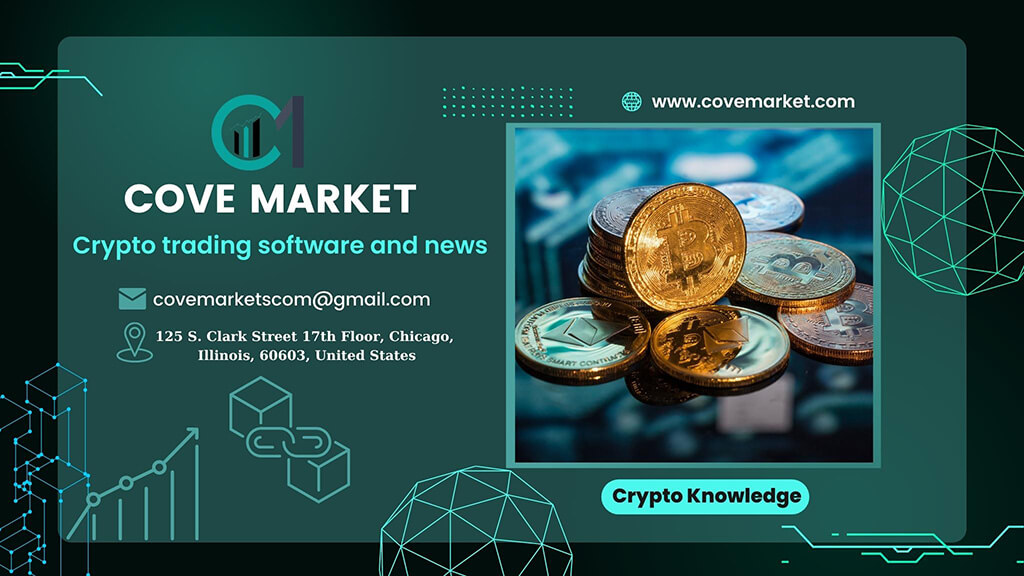
Top news
NFT & Metaverse
Fresh Stuff
Upload Image...
Our Team
We believe that active traders need a more powerful platform for trading crypto and deserve to get the best possible price in the market.
Learn more about us
We believe that active traders need a more powerful platform for trading crypto and deserve to get the best possible price in the market.
Learn more about us